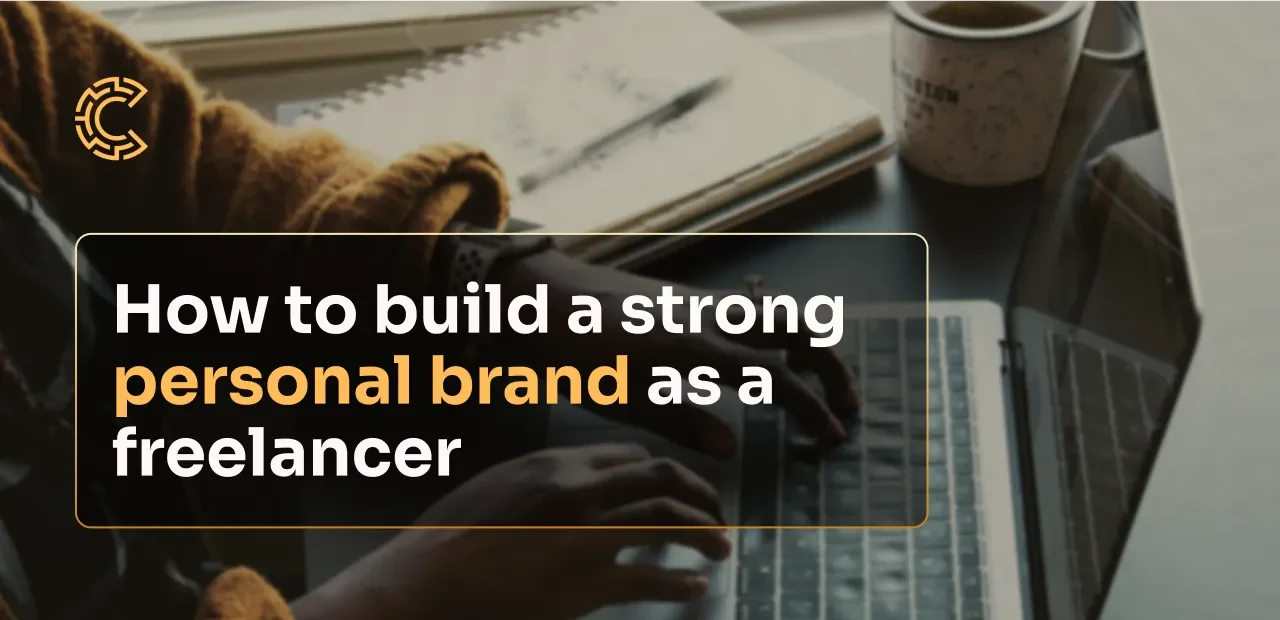Introduction: Why Personal Branding Matters for Freelancers
If you’re freelancing, you’re not just selling a service—you’re selling yourself. The magic ingredient that sets you apart from thousands of others offering the same skills? Your personal brand. Think of it as your reputation, personality, and unique promise wrapped into one powerful package. Without it, you might just blend into the noise. With it, you attract clients who get you, trust you, and want to work with you again and again.
Understanding Personal Branding
What Is Personal Branding?
Personal branding is all about defining who you are professionally—your style, your skills, your values—and consistently communicating that to your audience. It’s the story people tell when they think of you.
Benefits of a Strong Personal Brand for Freelancers
-
Increased credibility: Clients trust a recognized brand.
-
Higher rates: People pay more for proven experts.
-
More opportunities: Referrals and repeat clients come easier.
-
Greater control: You shape your image, not chance or rumors.
Step 1: Define Your Unique Value Proposition (UVP)
Identify Your Skills and Strengths
List what you do best and what makes you unique. Maybe you’re a graphic designer with a knack for minimalism or a writer who specializes in tech.
Pinpoint Your Target Audience
Who needs your skills? Startups? Agencies? Bloggers? The more specific, the better.
Crafting Your UVP Statement
Combine your skills and audience into a clear message. For example: “I help eco-conscious brands design logos that tell their story beautifully.”
Step 2: Develop Your Brand Identity
Choosing Your Brand Name and Tagline
Decide whether you use your own name or a catchy business name. Add a tagline that captures your essence.
Designing a Professional Logo and Visual Style
Your logo should reflect your style—clean and modern, bold and colorful, or classic and elegant.
Selecting Brand Colors and Fonts
Pick colors and fonts that represent your vibe and appeal to your audience. Consistency is key!
Step 3: Build an Online Presence
Creating a Personal Website or Portfolio
Your website is your digital home. Showcase your best work, client testimonials, and a clear way to contact you.
Using Social Media Effectively
Choose platforms where your audience hangs out. Share helpful tips, behind-the-scenes looks, and your successes.
Optimizing Your LinkedIn Profile
Make your LinkedIn a lead magnet: professional photo, compelling headline, detailed summary, and recommendations.
Step 4: Create Valuable Content
Blogging and Thought Leadership
Write articles that answer your clients’ questions and highlight your expertise.
Sharing Work Samples and Case Studies
Show the results you’ve delivered, not just the process.
Engaging with Your Audience Through Content
Respond to comments, join conversations, and offer help. Build relationships, not just followers.
Step 5: Network and Collaborate
Attending Industry Events and Meetups
Face-to-face connections still matter. Attend webinars, conferences, or local meetups to meet potential clients and peers.
Joining Freelance Communities
Online groups can be gold mines for advice, referrals, and partnerships.
Collaborating with Other Freelancers and Clients
Team up to expand your service offerings and learn new skills.
Step 6: Gather Testimonials and Social Proof
Requesting Client Reviews
Don’t be shy—ask satisfied clients to write about their experience.
Showcasing Positive Feedback
Display testimonials on your website and social profiles to build trust.
Leveraging Endorsements on Social Platforms
Encourage LinkedIn endorsements or shout-outs on social media.
Step 7: Maintain Consistency and Authenticity
Staying True to Your Brand Voice
Be consistent with how you communicate, whether it’s casual, professional, or playful.
Regularly Updating Your Profiles and Website
Keep your portfolio fresh and your bio current.
Handling Feedback and Adjusting Your Brand
Listen to what clients say and tweak your brand to stay relevant.
Tools and Resources to Help Build Your Brand
Some favorites include Canva for design, WordPress for websites, Buffer or Hootsuite for social scheduling, and Grammarly for writing polish.
Common Mistakes to Avoid When Building Your Personal Brand
-
Trying to appeal to everyone
-
Inconsistency in messaging or visuals
-
Ignoring feedback or refusing to evolve
-
Overpromising and underdelivering
-
Neglecting your network
Conclusion: Your Personal Brand Is Your Freelance Superpower
Building a personal brand isn’t an overnight task—it’s a journey of self-discovery, creativity, and connection. When done right, it transforms you from “just another freelancer” into a trusted expert clients seek out. So, roll up your sleeves, be authentic, and let your brand tell your unique story.
FAQs
Q1: How long does it take to build a personal brand?
A: It varies, but expect several months of consistent effort to see real results.
Q2: Can I change my personal brand over time?
A: Absolutely! Your brand should evolve as you grow professionally and personally.
Q3: How important is social media for personal branding?
A: Very important—it’s a direct way to connect with your audience and showcase your work.
Q4: Should I use my real name or a brand name?
A: Both options work; use your real name for personal connection or a brand name for broader appeal.
Q5: How do I stay authentic while promoting myself?
A: Focus on your real values and strengths; authenticity builds lasting trust.
Read More Article About Freelancing & Remote Work
